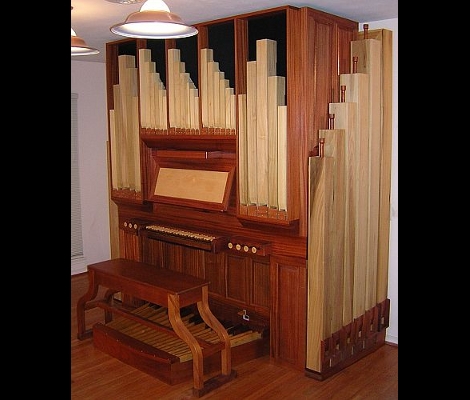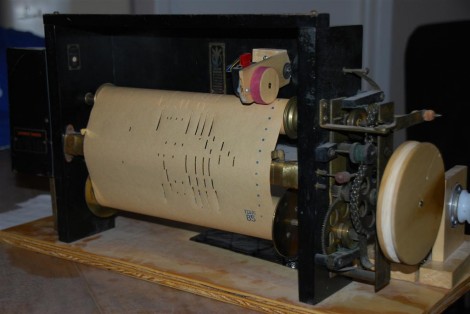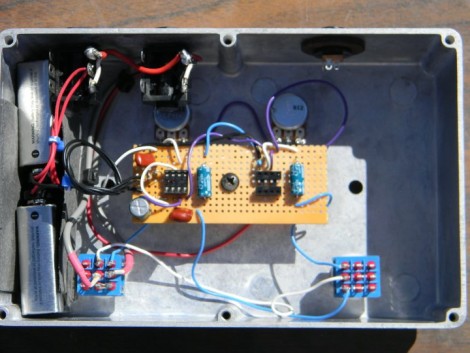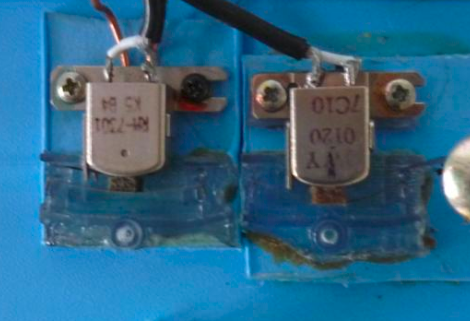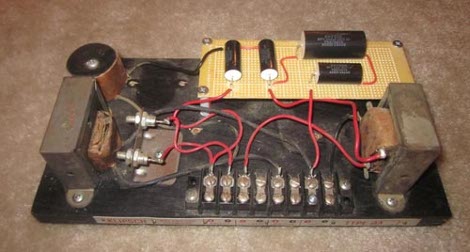
Audio Crossovers are an essential tool for any high end speaker system. Because most individual loudspeakers are unable to cover the entire spectrum of audible sound as well as multiple drivers are, it is necessary to split the input signal into low and high frequency parts. When a friend of [Anthony]’s was about to send off a classic Klipsch AA Crossover to be repaired professionally, [Anthony] insisted it was possible to save some money and do it himself.
The oil can capacitors of the Crossover had gone bad, so a new set of metalized polypropylene capacitors were ordered to pick up the task. After carefully removing the old caps, [Anthony] assembled the new set on a breadboard, and mounted the board to the old Crossover base (along with some tasteful McDonalds straw spacers). The entire process is detailed on his blog, and we are sure his friend saved a good deal by this home repair method. Capacitor issues are a common problem in repairing electronics new and old alike, and always a great place to start looking when devices start acting funny.

